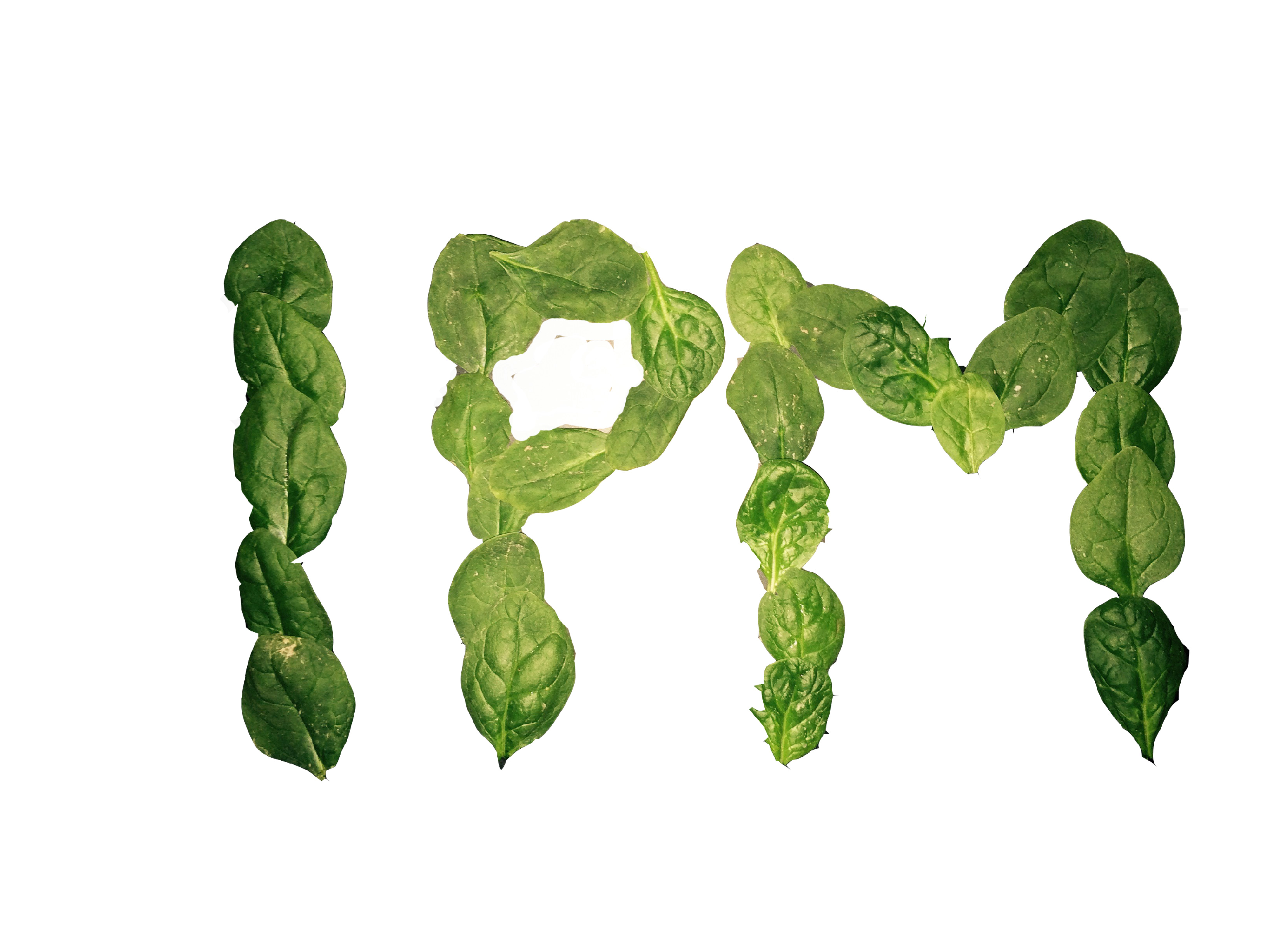
|
|
|
|

|
|||
|
|
|||
|
|
|||
|
The 2014-2015 vegetable production season in Yuma County, Arizona is approaching
the finish line, and probably not fast enough for pest control advisors striving
to manage downy mildew. The disease has been a tenacious foe this season, even in
areas that did not receive appreciable rainfall and normally do not have high downy
mildew pressure. The pathogens that cause downy mildew on lettuce, spinach, onions
and other crops form spores at night when the relative humidity in the leaf canopy
is near or at 100%. Water supplied to crops by furrow irrigation and especially
to crops irrigated with sprinkler irrigation is sufficient to create high humidity
conditions and facilitate dew formation in the crop canopy. Calm evenings with little
or no wind also favor spore production by allowing humid air to remain in the leaf
canopy. Four AZMET weather stations are located within the vegetable production
region in Yuma County. The maximum relative humidity (RH) measured every evening
can be a useful predictor of downy mildew development and severity. A look at the
number of nights where the maximum RH was at or above 90% can help estimate the
number of potential dew formation nights in the different regions where these weather
stations are located. For example, from Nov 2014 to Feb 2015, the average number
of nights with RH at or above 90% at the Yuma Valley, North Gila Valley, Roll, and
Yuma South AZMET stations was 8, 16, 16, and 19, respectively. For the same time
period during the 2013-2014 production season, the average number of nights with
RH at or above 90% at the same weather stations was 4, 12, 14, and 14, respectively.
The increased incidence and severity of downy mildew observed on lettuce and other
crops at the Yuma Agricultural Center this season compared to last season correlates
well with the RH levels recorded at the nearby Yuma Valley AZMET weather station
during each season. Several other factors, especially a crop’s genetic tolerance
or resistance to downy mildew, can impact the final severity of the disease in any
given vegetable planting. However, as the number of hours of leaf wetness in the
evening and early morning hours increases, the potential for downy mildew development
and increased disease severity rises as well.

To contact Mike Matheron go to: matheron@ag.arizona.edu.
|
|||
| Back | |||
|
For questions or comments on any of the topics please contact Marco Pena at the Yuma Agricultural Center.
|
|||
|
Home |
Cotton | Veggies |
Forages | Grains
| Citrus |
Crop x Crop Insects | Diseases| Weeds | Pesticides | Economics | News | Weather | Research | Photos | Contacts | General Info. Copyright © 2001 University of Arizona, College of Agriculture and Life Sciences Webmaster: Al Fournier (acis@ag.arizona.edu) |
|||
